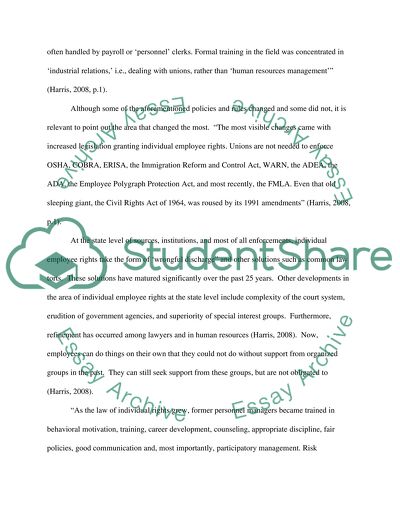Cite this document
(“Employment Law - Employment Contracts Essay Example | Topics and Well Written Essays - 2000 words”, n.d.)
Retrieved from https://studentshare.org/law/1503592-employment-law-employment-contracts
Retrieved from https://studentshare.org/law/1503592-employment-law-employment-contracts
(Employment Law - Employment Contracts Essay Example | Topics and Well Written Essays - 2000 Words)
https://studentshare.org/law/1503592-employment-law-employment-contracts.
https://studentshare.org/law/1503592-employment-law-employment-contracts.
“Employment Law - Employment Contracts Essay Example | Topics and Well Written Essays - 2000 Words”, n.d. https://studentshare.org/law/1503592-employment-law-employment-contracts.


